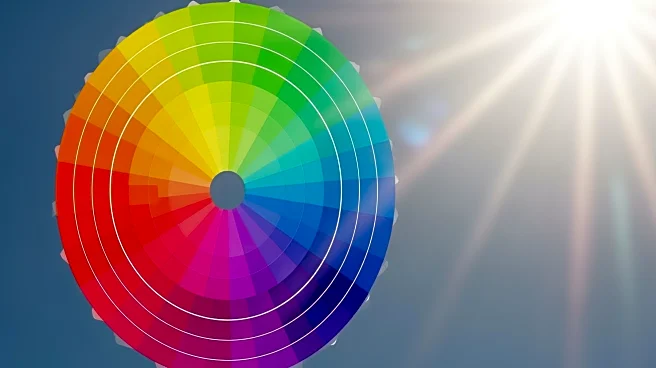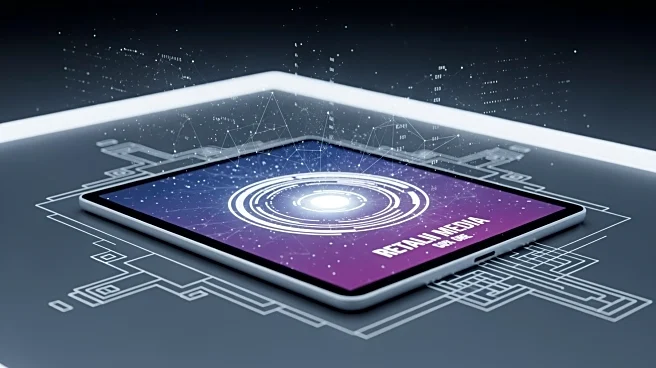What's Happening?
Nike's innovative use of 3D anamorphic illusion technology on a digital billboard in Tokyo has redefined outdoor advertising. The campaign, launched in 2022, featured a larger-than-life Nike sneaker that appeared to hover and rotate, creating a visually
immersive experience. This display, located in Shinjuku, one of the world's busiest intersections, quickly went viral on social media platforms like TikTok, Twitter, and Instagram. Within 48 hours, the campaign had garnered tens of millions of views, turning the Tokyo screen into a global brand moment. The success of this campaign has sparked a worldwide trend in 3D billboard advertising, showcasing the potential of digital creativity in marketing.
Why It's Important?
The success of Nike's 3D billboard campaign highlights the growing importance of innovative digital marketing strategies in capturing consumer attention. By leveraging cutting-edge technology, Nike has set a new standard for outdoor advertising, demonstrating how brands can create memorable experiences that resonate with global audiences. This trend towards immersive advertising could influence other industries to adopt similar technologies, potentially transforming how products are marketed. The campaign's viral success also underscores the power of social media in amplifying brand messages, suggesting that future marketing efforts may increasingly focus on creating shareable, visually striking content.
What's Next?
As the trend of 3D billboard advertising continues to grow, other brands may seek to replicate Nike's success by investing in similar technologies. This could lead to increased competition in the advertising industry, with companies striving to outdo each other in creativity and innovation. Additionally, the widespread adoption of such technology may prompt regulatory bodies to establish guidelines for digital advertising to ensure public safety and prevent visual pollution. Brands will likely explore new ways to integrate digital and physical experiences, potentially leading to further advancements in advertising technology.
Beyond the Headlines
The use of 3D technology in advertising raises questions about the future of consumer engagement and the ethical implications of increasingly immersive marketing tactics. As brands push the boundaries of digital creativity, there may be concerns about the potential for sensory overload or the manipulation of consumer perceptions. Furthermore, the environmental impact of large-scale digital displays could become a topic of discussion, prompting companies to consider sustainable practices in their advertising strategies.













